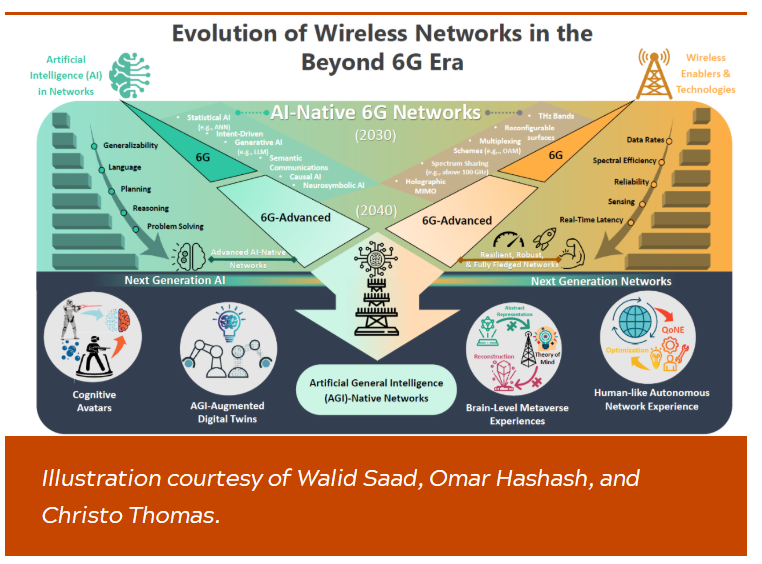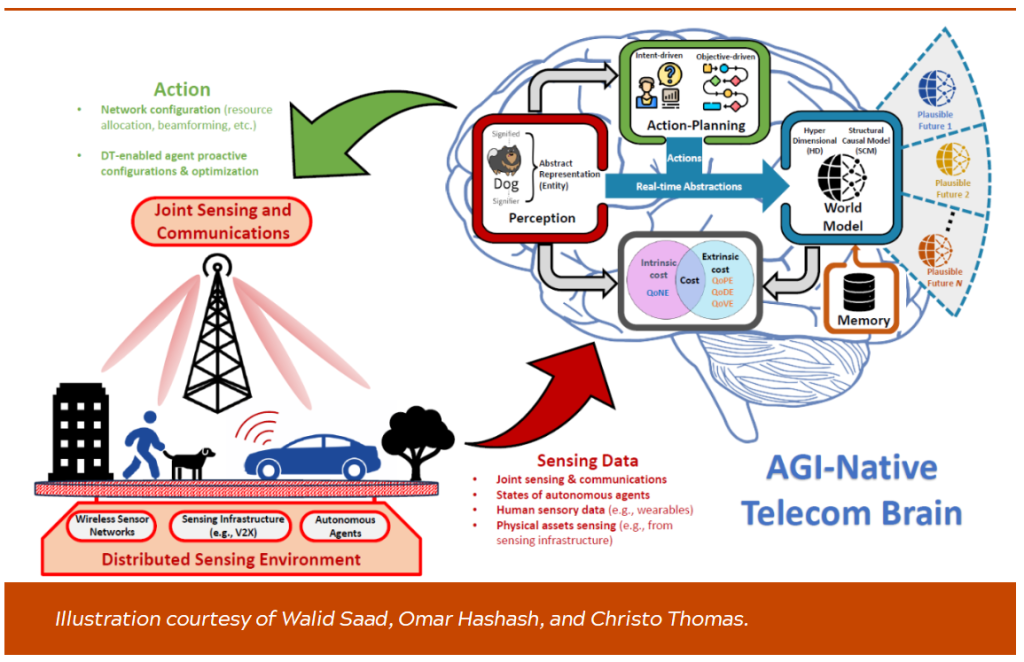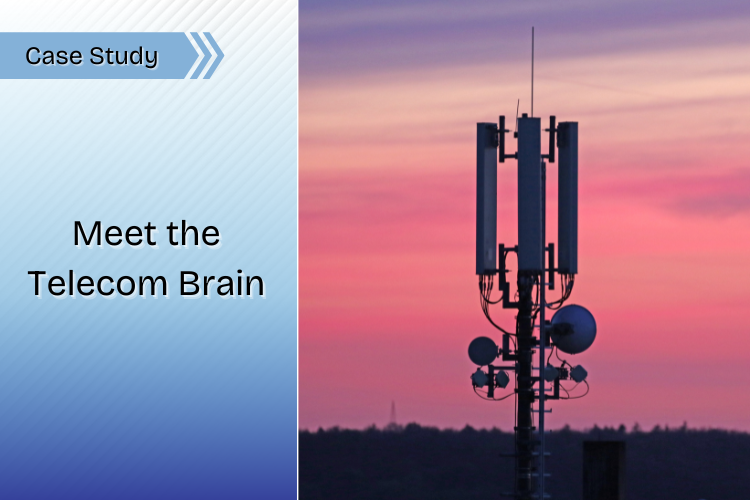Wireless networks have traditionally been defined by enhancements to core components such as antennas and communications technologies. We have seen the transition from 2G, to 3G, to 4G, to 5G—but continued progress will need to be made if we want to meet future processing and networking needs.

Could the next generation of AI (artificial intelligence) come to the wireless network, unleashing a new revolution in connectivity? Some new research says yes.
Researchers at Virginia Tech are exploring this and here is what they have found. The next generation of wireless systems will need two key things:
- Extreme wireless quality-of-service requirements for perfectly synchronizing worlds.
- A hyper form of AI that can enable the network to seamlessly orchestrate the physical, virtual, and digital dimensions.
The challenge is this: both the physical constraints of wireless technologies and the limited capacities of current AI technologies.
Enter the telecom brain. Researchers are proposing a paradigm shift. Instead of the AI-native wireless system anticipated with 6G, consider a system that is equipped with human levels of intelligence that is learned at the intersection of the digital world and the future wireless networks. This network could provide some common sense ability to digital twins and unleash a new breed of human-like AI agents.

The researchers postulate the missing link in the wireless revolution is next-generation AI and the missing link in the next generation of AI is wireless technologies—and at the end of the day the solution is to bring AI closer to human intelligence through common sense. Do you agree?


